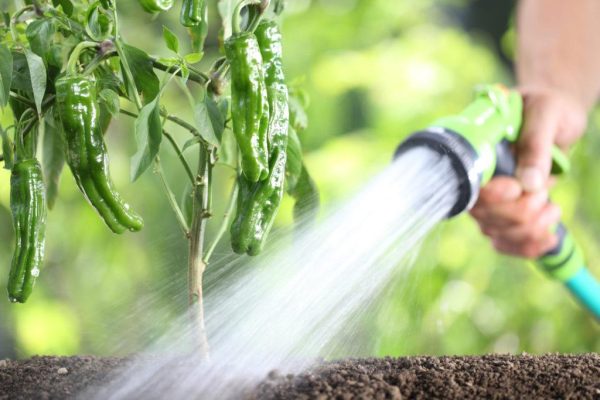We’re introducing the effect of Nitrogen on plants in the article. Alright, so we learned that there are as many as 16 kinds of nutrient elements necessary for plant growth, which are divided into macronutrients, secondary elements, and micronutrients.
- Macroelements include Carbon, Hydrogen, Oxygen, Nitrogen, Phosphorus, and Potassium.
- Minor elements include Calcium, Magnesium, and Sulfur.
- Trace elements include boron, zinc, iron, copper, manganese, molybdenum, and chlorine.
People call these 16 elements “essential elements.” They are called essential elements because without any one of them, the growth and development of plants will not be normal, and each element cannot replace the other, nor can it be replaced by elements with very similar chemical properties.

Physiological Role of Nitrogen – The Effect of Nitrogen on Plants
Nitrogen (N) is one of the three macroelements necessary for plant growth and development. Nitrogen is a component of many important organic compounds in plants and affects the metabolic process and growth of plants in many ways. For example, proteins, nucleic acids, chlorophyll, enzymes, vitamins, alkaloids, and hormones all contain nitrogen.
Among them, protein is the basic substance in the composition of plant cell protoplasm, and also the basis of plant life activities. It can be said that plants that do not have nitrogen will not be alive! Nitrogen is a component of chlorophyll and a component of nucleic acid. Various biological enzymes in plants also contain nitrogen. Nitrogen is a component of vitamins and energy systems in plants, and it has a very obvious impact on plant growth and development.
When nitrogen is sufficient, plants can synthesize more protein and promote cell division and growth, so the leaf area of plants grows faster and more leaf area can be used for photosynthesis. The main function of nitrogen fertilizer is to supply the growth of leaves and promote the growth of branches, stalks, and stems.
Effects of N element deficiency – The Effect of Nitrogen on Plants
The remarkable feature of nitrogen deficiency in plants is that the lower leaves of the plant start to become chlorotic and yellow from the tip which will gradually expand to the upper leaves. The growth of the whole plant is inhibited, the leaves are light yellow-green, narrow, and small, the new leaves are slow to emerge, and the number of leaves is small.
In severe cases, the lower old leaves are yellow, dry, and dead, and the side buds of the cannabis plant are in a dormant state, which will eventually affect the production of flower buds and quality.

The effect of too much N element – The Effect of Nitrogen on Plants
Too much nitrogen in the plant results in claw-shaped, shiny, and unusually dark green leaves, slow growth, and weak stems. Once the leaves become claws, they turn yellow and die. If nitrogen poisoning is not treated, the leaves will eventually turn brown or yellow and fall off. Too much nitrogen prevents plants from forming normal flower buds, resulting in lower yields and lower levels of active ingredients.
Whether the plant is overfed or nitrogen deficient, cannabis always takes a few days to recover. The speed of recovery will always depend on how much deficiency or excess the plant has suffered, so early detection will always lead to better plant recovery in less time.
As always if you have any questions you can message our Instagram or Facebook and we’ll be glad to help you out! We’re happy you’re on this journey and we want to help in any way we can.
Subscribe to the VIVOSUN newsletter for growing tips, grower stories, and special offers, and get 12% off your first order!
We love the new VIVOSUN Smart Grow System and we are certain that you too will love it once you try it.
And join our Facebook farmer’s community for even more exclusive contests and prizes!
Download VIVOSUN App to get 18% off and explore more information!






